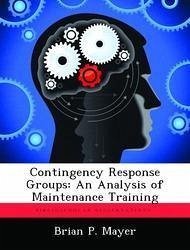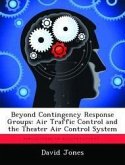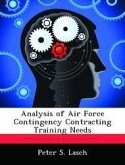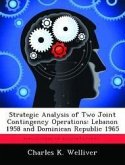The concept of a Contingency Response Group (CRG) as a "quick reaction force" is still relatively new. With the increasing involvement in humanitarian relief efforts and the increase in civilian aircraft used in these efforts, the proper balance of what aircraft CRG members are being trained and qualified on needs to be reevaluated. This paper is qualitative in nature and uses a case study approach to present the types of aircraft the CRG should focus on in training CRG maintenance technicians. The paper continues by offering data and facts on how to get this training and ultimately makes recommendations to commanders for a decision point. A variety of tools were used to gather data, including surveys, interviews, literature research and email. The units studied were members of the 818th Global Mobility Squadron and the 819th Global Mobility Squadron. The results of the research indicate that C-17, C-130, C-5 and commercial aircraft are important for CRG maintainers to be trained on for humanitarian contingencies. To increase the portfolio of maintenance capability for humanitarian contingencies, it is recommended that the CRG maintain the current C-17 and C-5 training while establishing a training program to train maintenance personnel on C-130 and commercial aircraft.
Hinweis: Dieser Artikel kann nur an eine deutsche Lieferadresse ausgeliefert werden.
Hinweis: Dieser Artikel kann nur an eine deutsche Lieferadresse ausgeliefert werden.








